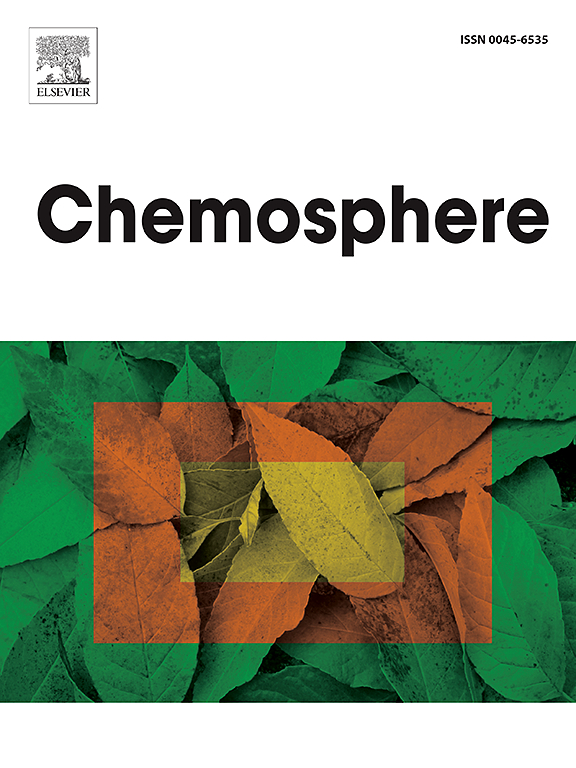Critical review of microfiber release from textiles: Results, comparative challenges, mitigation strategies, and legislative perspectives
IF 8.1
2区 环境科学与生态学
Q1 ENVIRONMENTAL SCIENCES
引用次数: 0
Abstract
The release of microfibers (MFs) from laundry has emerged as a significant environmental concern, drawing extensive attention from the scientific community. This review aims to provide a comprehensive overview of the current state of research on MFs release during washing, focusing on the factors influencing this phenomenon and the methods used to assess it. The results highlighted that, despite the proliferation of studies, a standardized protocol for measuring MFs release remains absent, leading to inconsistencies and challenges in data comparison. Direct and indirect methods have been used, both presenting different disadvantages that make the comparison quite challenging, with the first being more operator-dependent and likely giving lower magnitude value and the second being more prone to the error induced by the presence of other substances (like the detergent used during the washing). Moreover, the lack of a unified measurement unit further complicates cross-study comparisons. Factors such as the type of washing machine, washing program, detergent, and softener significantly impact the quantity of MFs released. While internal and external devices directly developed for MFs retention show promise in lowering the release, their current efficiency is low. Additionally, this review examines legislative efforts to address MFs’ pollution, emphasizing the critical need for a thorough investigation within the scientific community. The results presented are intended to benefit both (i) the scientific community by identifying current gaps in the literature and offering guidance for future research, and (ii) technical stakeholders, such as washing machine manufacturers and developers of MFs mitigation systems, by providing insights into reducing microfiber release during laundry activities.

对纺织品中超细纤维释放的严格审查:结果、比较挑战、减缓战略和立法视角
洗衣过程中释放的超细纤维(MFs)已成为一个重要的环境问题,引起了科学界的广泛关注。本综述旨在全面概述洗衣过程中微纤维释放的研究现状,重点关注影响这一现象的因素以及用于评估这一现象的方法。研究结果表明,尽管研究数量激增,但仍缺乏测量 MFs 释放量的标准化规程,这导致了数据对比的不一致性和挑战性。直接法和间接法都有使用,但两者都有不同的缺点,因此比较起来颇具挑战性,前者更依赖于操作者,可能给出较低的幅度值,后者更容易受到其他物质(如洗涤过程中使用的洗涤剂)的影响而产生误差。此外,由于缺乏统一的测量单位,使得跨研究比较更加复杂。洗衣机的类型、洗涤程序、洗涤剂和柔顺剂等因素都会对 MFs 的释放量产生重大影响。虽然直接用于截留甲酸甲酯的内部和外部设备有望降低甲酸甲酯的释放量,但它们目前的效率很低。此外,本综述还研究了解决 MFs 污染的立法工作,强调了在科学界进行彻底调查的迫切需要。本文介绍的结果旨在:(i) 通过确定当前文献中的空白并为未来研究提供指导,使科学界受益;(ii) 通过提供减少洗衣活动中超细纤维释放的见解,使洗衣机制造商和超细纤维减缓系统开发商等技术利益相关者受益。
本文章由计算机程序翻译,如有差异,请以英文原文为准。
求助全文
约1分钟内获得全文
求助全文
来源期刊

Chemosphere
环境科学-环境科学
CiteScore
15.80
自引率
8.00%
发文量
4975
审稿时长
3.4 months
期刊介绍:
Chemosphere, being an international multidisciplinary journal, is dedicated to publishing original communications and review articles on chemicals in the environment. The scope covers a wide range of topics, including the identification, quantification, behavior, fate, toxicology, treatment, and remediation of chemicals in the bio-, hydro-, litho-, and atmosphere, ensuring the broad dissemination of research in this field.
 求助内容:
求助内容: 应助结果提醒方式:
应助结果提醒方式:


